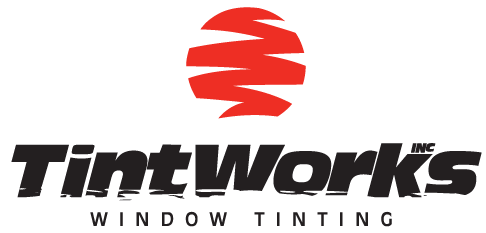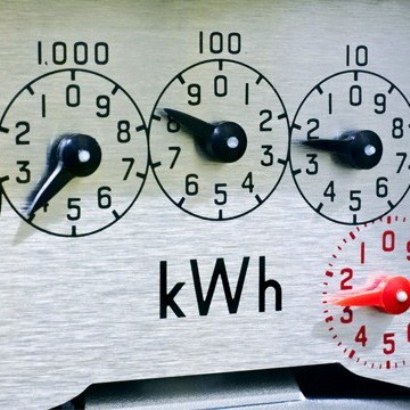Does Window Film come to mind when you think about energy-savings potential? For most facilities professionals, lighting and HVAC are high on the list. Investing in energy-efficiency retrofits for both of these systems at once could break your budget (especially depending on the projects’ ROI), but that doesn’t mean you can’t do anything to improve their efficiency.
With high-performance, low-e window film, commercial building owners often experience both lighting and HVAC energy savings … and a full return on investment in less than four years. How? Because this type of low-e window film increases the insulating performance of windows, which improves energy efficiency of the building envelope.
Energy savings often start with the building envelope because it acts as a barrier between indoor and outdoor environments. It also helps manage temperature and lighting levels.
Lighting Energy Savings from Window Film
When solar heat gain and glare aren’t controlled, blinds and shades are often used to reduce fading, keep tenants comfortable, and stop glare. When closed, blinds and shades can address these issues … but they can also limit views, create a need for more artificial lighting, and prevent daylight from entering.
Despite the myth that window film makes indoor spaces dark and increases reliance on electric lighting, window film can actually decrease lighting costs. A University of Padua research team recently studied window film’s affect on lighting in MG Tower. Even though this modern Italy office tower had up-to-date HVAC systems and new windows, facilities management still struggled with occupants who were uncomfortable due to solar heat gain and glare from windows. The team found that window film installation addressed glare and discomfort; it also offered a considerable increase in useful daylight because blinds were closed less often.

